How Do Chiropractors Know Where To Adjust
As a chiropractor, I am constantly fascinated by the intricate workings of the human body and how it can be optimized for optimal health.
One question that often arises in conversations with my patients is, 'How do chiropractors know where to adjust?' It's a valid query, as it may seem like we are simply randomly manipulating joints and muscles. However, I assure you that there is a method to our madness.
When determining where to make adjustments, chiropractors utilize a combination of techniques and assessments. We carefully assess your muscle function and range of motion to identify any areas of tension or restriction. By understanding how your muscles are functioning and evaluating how well your joints are moving, we can pinpoint specific areas that require adjustment. This allows us to target the root cause of any discomfort or dysfunction you may be experiencing.
But why are these adjustments so important? Well, aside from relieving pain and discomfort, adjustments help restore proper alignment and balance in your body. When your spine is misaligned or your joints aren't moving properly, it can put unnecessary stress on surrounding structures such as nerves and muscles. By making precise adjustments, we can alleviate this stress and improve overall function.
So, if you've ever wondered how chiropractors determine where to adjust, rest assured knowing that it's not just guesswork - it's an innovative approach rooted in understanding the complex mechanics of the human body.
How Chiropractors Determine Adjustments
Chiropractic doctors use their keen sense of touch to locate adjustments. Physical examination, medical history, and palpation reveal vital patient information.
Chiropractors check spinal alignment, range of motion, and tenderness during the physical exam. This helps them spot issues that may need fixing.
In addition to the physical exam, chiropractors also consider the patient's medical history. They ask about past injuries or conditions that may be causing symptoms. Understanding the patient's health history helps chiropractors determine which areas need attention and which methods are best.
Palpation helps chiropractors find spine misalignments and tension. They gently feel for abnormalities or movement restrictions with trained hands. Finding subluxations or joint dysfunctions that cause pain and other symptoms is the goal. Applying pressure and assessing tissue response during palpation helps chiropractors pinpoint adjustments.
Chiropractors know where to adjust based on the patient's physical exam, medical history, and palpation. These assessments reveal each person's needs and enable customized treatment. Chiropractic care targets problem areas to restore function and relieve pain.
Chiropractic Techniques
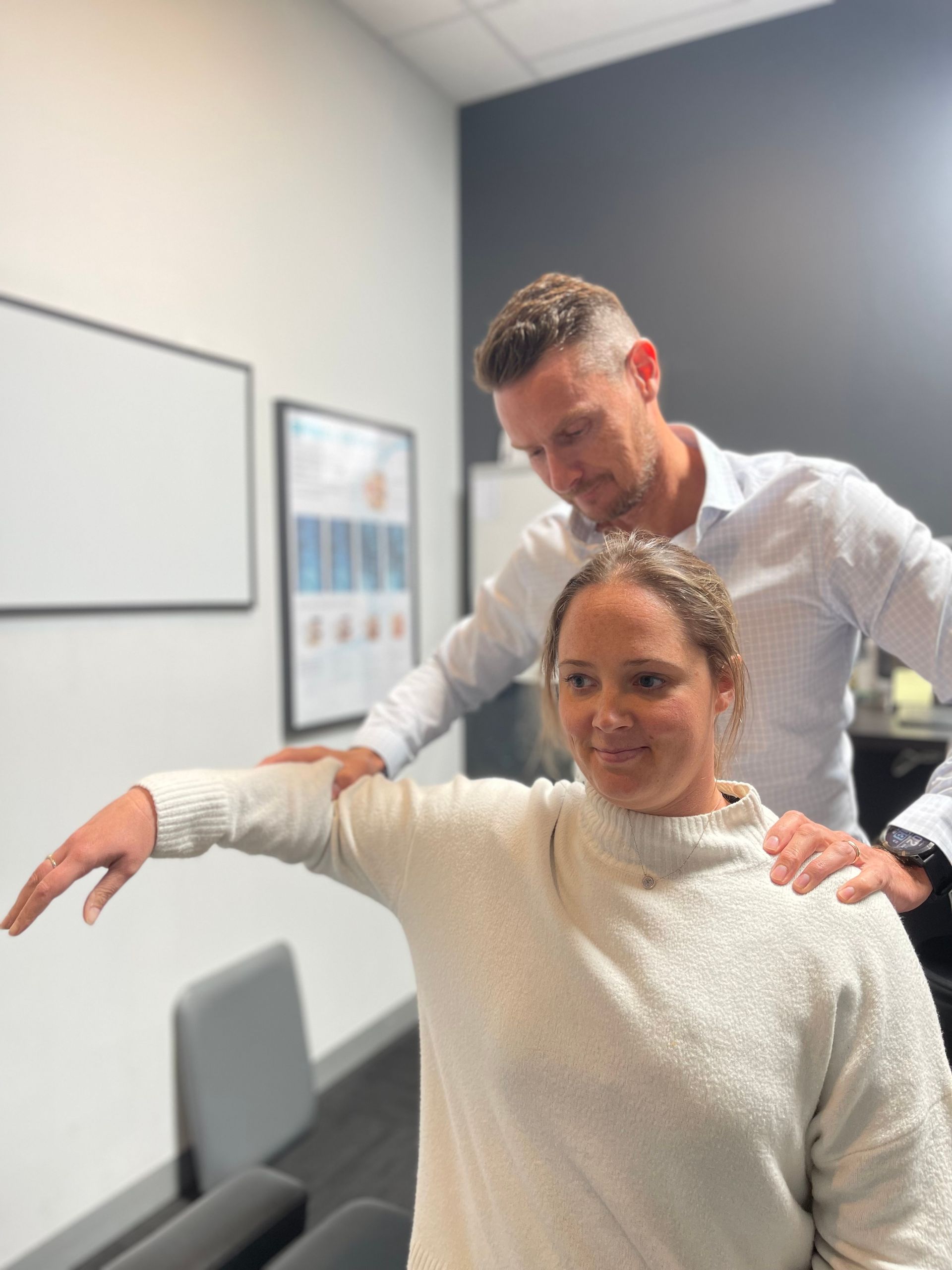
I can identify areas that need adjustment using my extensive knowledge of the human body and biomechanics. Chiropractors can make these adjustments using various methods. There are three common chiropractic techniques:
- Spinal Manipulation: This is perhaps the most well-known chiropractic technique. Through manual manipulation, chiropractors apply controlled force to a joint in the spine, often resulting in an audible popping sound. This technique aims to restore proper alignment and mobility to the spine, relieving pain and improving overall function.
- Activator Method: The activator method is a gentler approach that uses a handheld instrument called an activator tool. With this technique, chiropractors apply quick and low-force impulses to specific areas of the body, targeting misalignments or subluxations in the spine or joints. It's especially useful for patients who prefer a more gentle adjustment or have certain medical conditions that limit their ability to receive traditional manual manipulations.
- Flexion-Distraction Technique: This technique involves using a specialized table that allows for controlled stretching and decompression of the spine. The chiropractor uses repetitive pumping movements combined with gentle traction to treat conditions such as herniated discs, sciatica, and spinal stenosis. It helps relieve pressure on compressed spinal nerves while also promoting better circulation and healing.
Chiropractors use these methods to target musculoskeletal issues. These adjustments correct misalignments, relieve pain, improve range of motion, nerve function, and overall health.
Importance Of Adjustments
Adjustments are essential to optimal health and preventing musculoskeletal issues. As chiropractors, we know that adjustments promote spine alignment and function. Years of training and experience have taught us where to adjust to best benefit our patients.
Deep anatomy and biomechanics knowledge helps determine where to adjust. We examine each patient thoroughly, including physical exams and diagnostic imaging if needed. We can identify spine misalignment or dysfunction by analyzing these findings.
With this knowledge, we make precise chiropractic adjustments using various techniques. These adjustments use our hands or specialized instruments to apply controlled force to specific spine joints or areas. The goal is to realign, relieve nerve pressure, and optimize movement and function.
Adjustments are crucial to chiropractic care. Restoring spine alignment and function reduces pain, improves mobility, and boosts well-being. To prevent future musculoskeletal issues, adjustments address underlying issues before they worsen.
Muscle Assessment
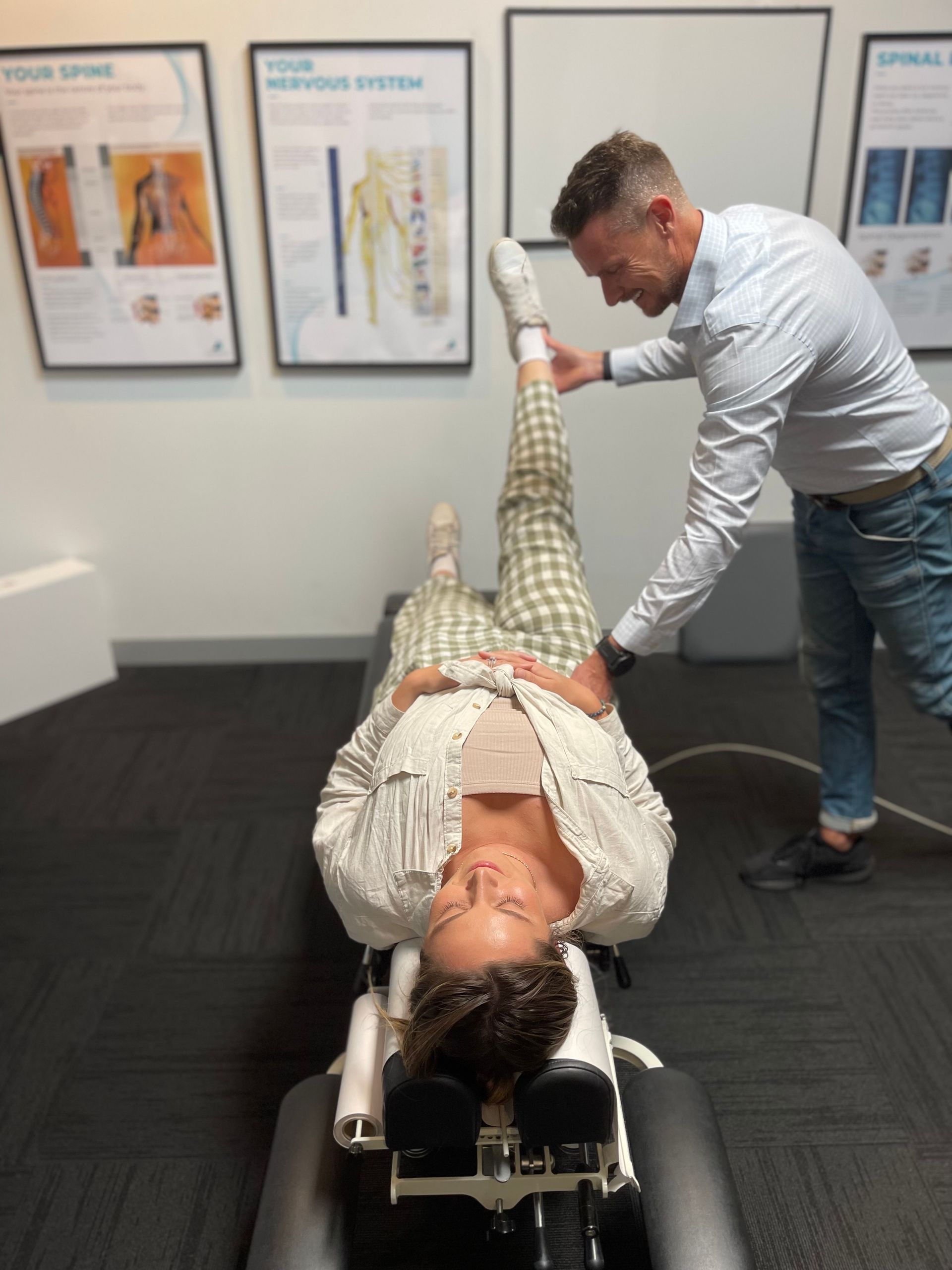
While you lie on the exam table, the chiropractor checks your muscles for imbalances that could affect your spinal health. Chiropractors understand the musculoskeletal system and its impact on health. Chiropractors assess your muscles using various methods and tools to identify areas that require adjustment.
Chiropractic hands-on muscle assessments detect tension, tightness, and knots. This hands-on approach helps them find spinal health-threatening imbalances or weaknesses. They can detect abnormalities and identify necessary adjustments by palpating muscle groups.
In addition to manual assessment, chiropractors use surface electromyography. It measures muscle electrical activity when you contract. It can identify muscle overactivity or underactivity and provide muscle function data. This data helps chiropractors identify which muscles need attention during adjustments.
Imagine lying on the examination table as the chiropractor gently moves their hands along your back and neck to find tight muscles. They observe how each muscle group reacts to touch to identify issues. In the meantime, researchers strategically place sEMG sensors on your body to record muscle activity data.
Range Of Motion Evaluation
Consider the chiropractor gently assessing your bending, twisting, and flexing abilities. Range-of-motion tests help determine your mobility and the best treatment plan.
Range-of-motion evaluations by chiropractors examine how your joints move and how freely you can perform certain tasks. They can detect movement restrictions or abnormalities that may indicate underlying issues. This assessment helps the chiropractor customize chiropractic adjustments to your needs.
The chiropractor will have you do various body-part exercises and movements in a range-of-motion evaluation. They will watch how far you can extend or flex each joint and note any limitations or discomfort. The chiropractor determines which areas need adjustment and which methods are best for your condition by assessing your range of motion.
During palpation, the chiropractor checks for muscle tone or joint alignment abnormalities, often with a range of motion evaluation. This hands-on exam identifies tight or tender areas that may benefit from chiropractic adjustments. The chiropractor uses both assessments to understand your musculoskeletal system and create a customized treatment plan.
Chiropractors assess your body's mobility and function by performing a thorough range-of-motion exam. A thorough range of motion evaluation during a physical examination helps chiropractors identify which joints need adjustment and inform treatment techniques.
Posture Analysis
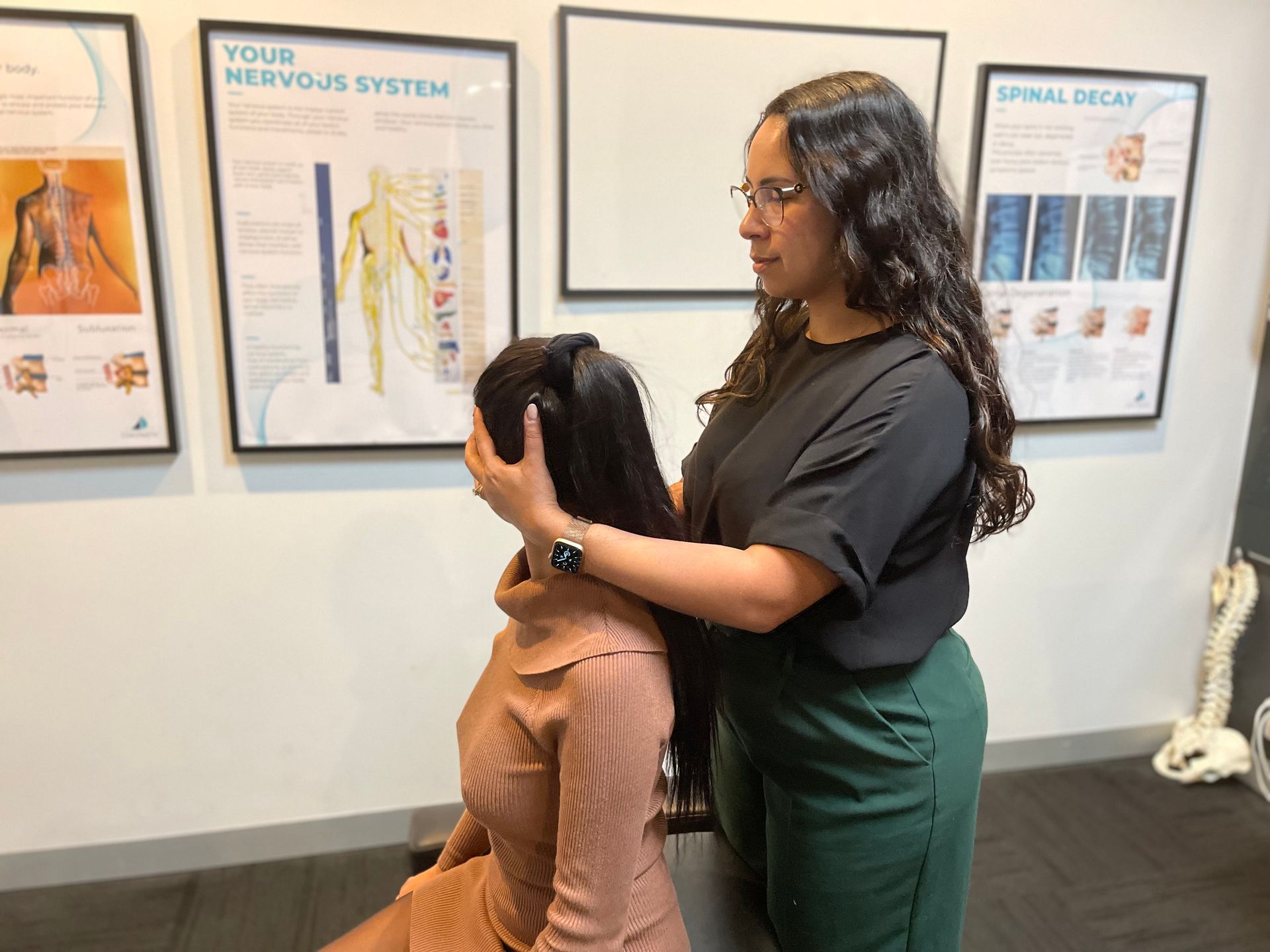
Chiropractors use many methods to determine where to adjust. They use posture analysis. A chiropractor can assess spine alignment and balance by examining a patient's posture. This is important because poor posture can cause musculoskeletal and other health issues.
Analysis of posture involves watching how people stand, walk, and sit. It helps chiropractors find spine abnormalities that may be causing pain. For instance, a forward head posture can strain the neck and upper back. Chiropractors can relieve pain and improve function by making adjustments.
Chiropractors check for uneven shoulders, rotated hips, and an exaggerated lower back curve during a posture analysis. These clues reveal spine misalignments that may need correction. Chiropractic doctors can tailor treatment to each patient's posture by thoroughly assessing it.
Chiropractic adjustments are precise and effective, thanks to cutting-edge technology and innovative techniques. They use many tools, including posture analysis, to optimize their patients' musculoskeletal health.
Hands-On Examination
How do chiropractors know where to adjust? A chiropractor's hands-on examination will examine every detail of your spine's alignment for optimal musculoskeletal health. Chiropractors use various methods to examine your spine and identify problem areas during a hands-on exam.
Palpation is a common way to detect spine misalignments. Chiropractors can pinpoint problem areas by gently pressing and feeling for restricted movement or tenderness.
During hands-on assessments, chiropractors may perform a physical exam in addition to palpation. This may include assessing your posture, walking style, range of motion, and muscle strength. Chiropractic examinations reveal body imbalances and pain-causing issues.
After the hands-on exam, chiropractors can perform manipulations or adjustments. These adjustments realign and restore spine function by manipulating joints with controlled forces. Chiropractors treat immediate issues and underlying imbalances by targeting specific areas identified during the examination.
Chiropractors can assess your musculoskeletal health with a thorough, hands-on exam. This information is used to create a personalized treatment plan. Chiropractors can improve spinal health and reduce pain by adjusting misalignments.
Health History Review
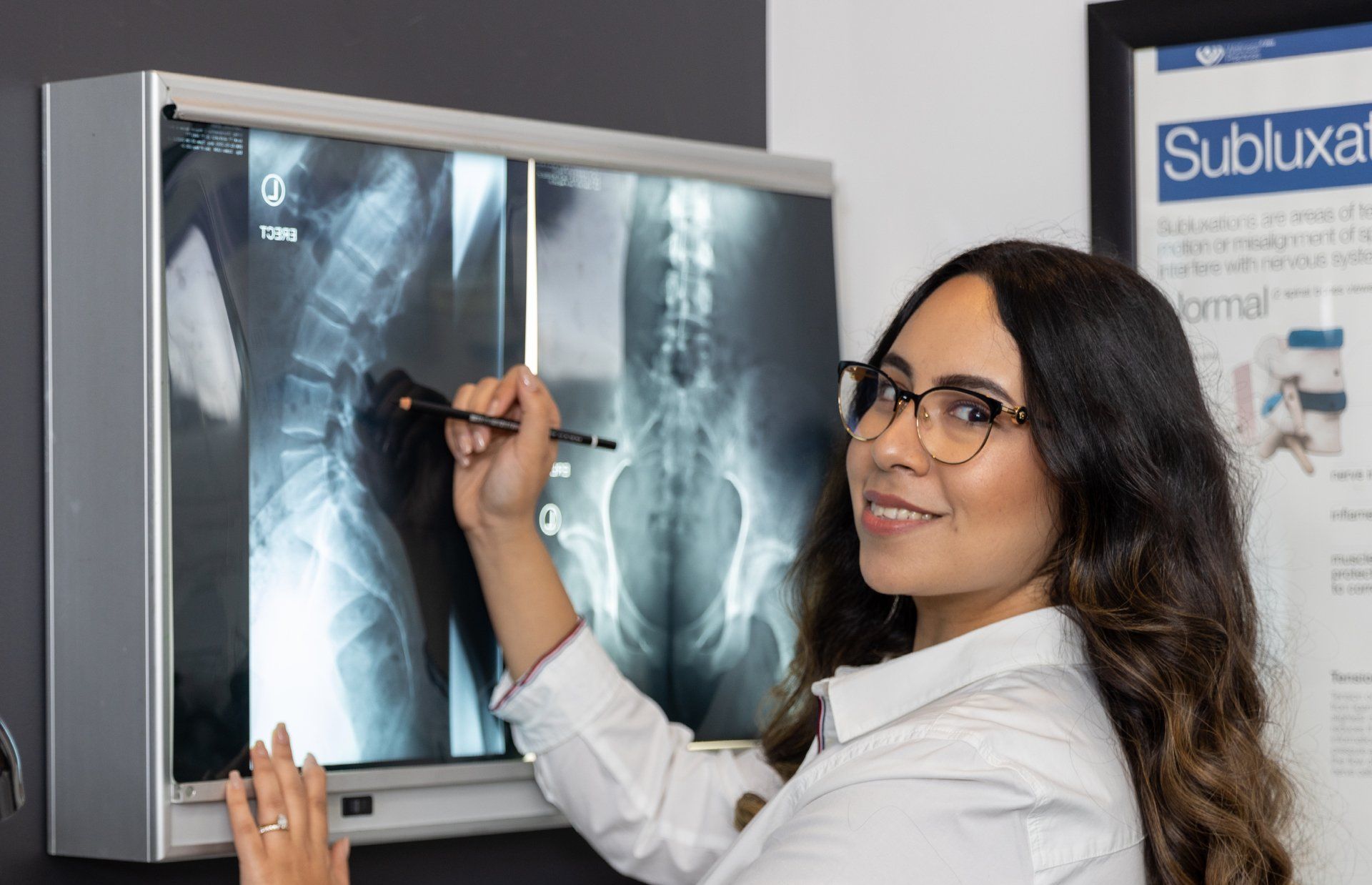
To better understand your musculoskeletal health, we will review your medical history and any past injuries or conditions that may be related to your symptoms. Chiropractors need your medical history to determine the cause of your symptoms. We can find patterns and connections in your injury or condition history to inform our treatment plan.
This phase will ask about your symptoms' duration, severity, triggers, and activities that worsen them. We'll also ask about surgery and medication history. This information helps us understand your condition's progression and impact on your life.
We'll also discuss other factors that may affect your musculoskeletal health during the health history review. Lifestyle habits like diet and exercise or workplace hazards are examples. We can tailor our treatment plan to address both symptoms and root causes by taking a holistic approach to your health.
I can make an accurate diagnosis and targeted treatment plan by reviewing your medical history and all of your physical exam results later in our evaluation process. By understanding how factors interact, I can offer innovative musculoskeletal health solutions with targeted adjustments.
Targeted Adjustments
The chiropractor will perform a physical exam after reviewing your health history and symptoms. The chiropractor uses palpation to assess your body's alignment and identify areas for adjustment.
Palpation involves feeling for spine and joint abnormalities with their hands. The chiropractor will also check your posture, range of motion, muscle strength, and flexibility during the physical exam. This information helps the chiropractor understand your condition and identify areas that need targeted adjustments.
After reviewing the patient's medical history and physical exam, the chiropractor can identify problem areas. They will focus on these areas during adjustments to restore alignment and function. They apply controlled force to these areas to relieve pain, improve mobility, and promote wellness.
Chiropractic doctors use a thorough health history and physical exam to determine where to adjust. They identify areas that need adjustment by palpating and observing symptoms. Chiropractors target these problem areas during adjustments to relieve pain and improve health.
Benefits Of Chiropractic Adjustments
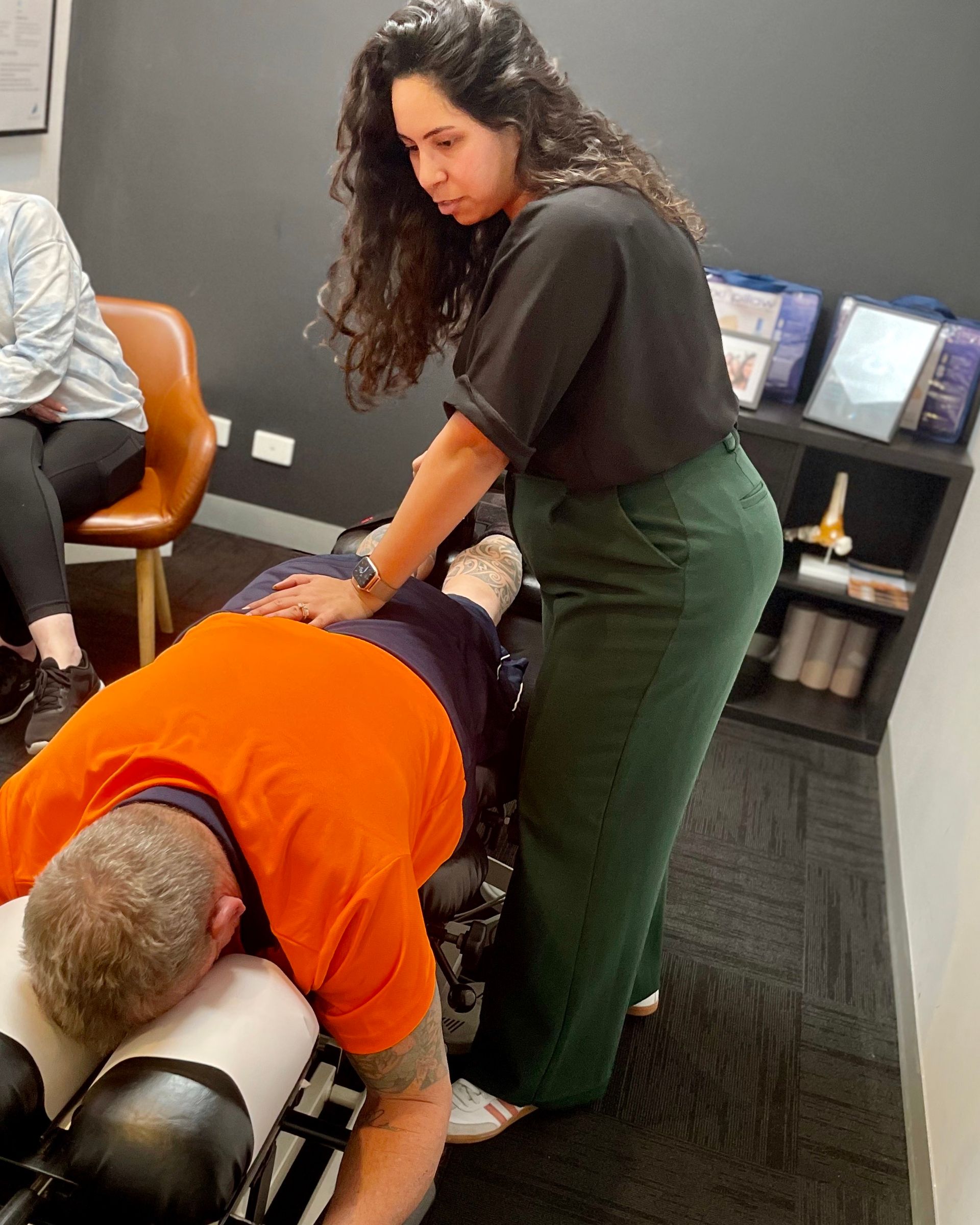
Benefit from chiropractic adjustments and improve your health. High-level chiropractors use various methods to diagnose and treat spine misalignments, or subluxations.
A thorough physical examination and palpation can help chiropractors find spine tension, inflammation, or restriction. They manually manipulate the affected area to restore alignment and function.
Chiropractic adjustments boost spinal health. Misaligned spines can disrupt brain-body communication. This disruption can cause pain, mobility issues, and organ dysfunction. Chiropractors target these misalignments to improve nerve function and body healing.
Chiropractic adjustments relieve many musculoskeletal conditions. Chiropractic care can relieve back, neck, headache, and joint pain. Chiropractors use manual manipulation to relieve muscle and joint tension and increase blood flow for healing.
Additionally, chiropractic adjustments improve overall health. Many patients report reduced stress after chiropractic care due to its nervous system-calming effect. Improvements in spinal health can boost energy, posture, and balance.
Understanding chiropractic care involves understanding its holistic approach to wellness, not just how adjustments work. For long-term results, chiropractors treat symptoms and their causes. To maximize the health benefits of chiropractic care, include lifestyle changes like exercise and ergonomic improvements in your treatment plan.
Understanding Chiropractic Care
Let's explore chiropractic care and how it can improve your health.
Chiropractic care emphasizes the spine-nervous system connection in a holistic approach to health. Chiropractors adjust the spine to relieve pain, improve alignment, and function. Three key aspects of chiropractic care will help you appreciate its benefits:
- Understanding Chiropractic Care: Chiropractic care is based on the belief that misalignments in the spine can disrupt the body's natural ability to heal itself. By restoring proper alignment through adjustments, chiropractors help facilitate healing and improve overall health. This approach is drug-free and non-invasive, making it a safe alternative for managing various conditions.
- Role of Chiropractors: A chiropractor is a healthcare professional who specializes in diagnosing and treating musculoskeletal disorders, particularly those related to the spine. They undergo extensive training to develop expertise in spinal manipulation techniques. During your visit, they will conduct a thorough physical examination to assess your condition and identify any misalignments or areas of concern.
- Palpation Technique: One of the primary tools used by chiropractors is palpation. This technique involves using their hands to feel for abnormalities in your spine or surrounding tissues. By applying gentle pressure and feeling for changes in texture or movement, they can locate areas that may require adjustment. Palpation allows them to determine where exactly an adjustment should be made.
Role Of Muscles In Adjustments
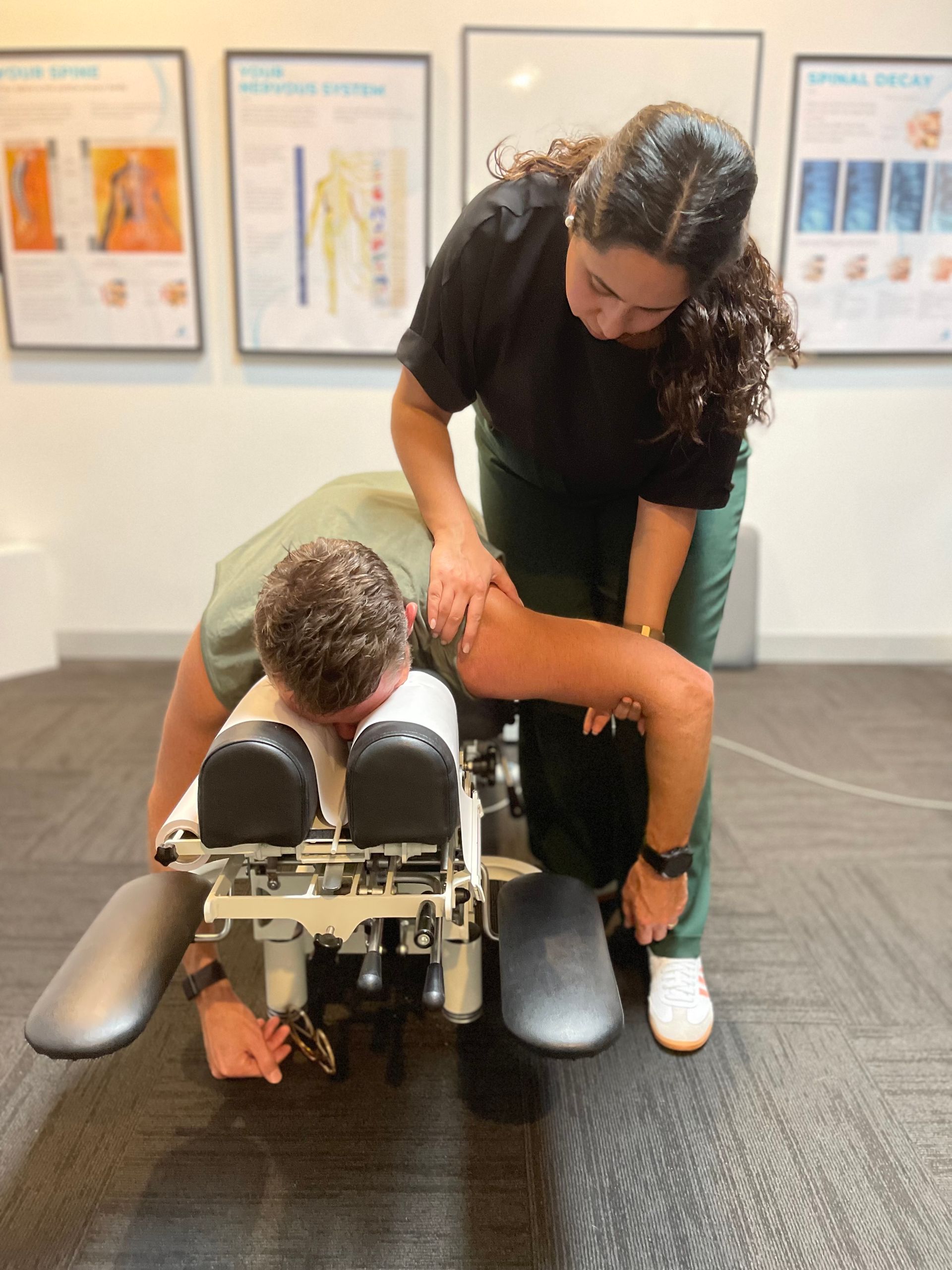
Chiropractors must understand muscle function to provide effective care. After a thorough physical examination, including palpation and joint pressure tests, I can assess the musculoskeletal system and identify areas for adjustment.
Palpation detects muscle tension and imbalances, while joint pressure tests detect misalignment and restricted movement. Muscles help maintain posture and alignment. Tight or weak muscles can cause body imbalances. Such imbalances can strain certain joints, causing pain and limiting mobility.
I can relieve pain and restore function by adjusting these muscular imbalances. I use various techniques to apply controlled force to specific spines or joint areas during an adjustment. This realigns bones and relieves tissue pressure. Musculoskeletal balance and function are the goals.
I can accurately identify problem areas using palpation, joint pressure, anatomy, and biomechanics. This comprehensive approach lets me customize each treatment plan.
Posture And Alignment
Maintaining proper posture and alignment is crucial to your health and can increase body function and comfort. As a chiropractor, my posture is crucial to patient assessment and treatment. I evaluate posture during a physical exam using four main factors:
- Spinal Alignment: The spine forms the central support structure of our body, so it's vital to ensure its proper alignment. Misalignments, also known as subluxations, can cause pain, restricted mobility, and even affect organ function. By carefully observing how your spine curves from different angles, I can identify areas that may require adjustments.
- Head Position: Your head acts as a weight-bearing structure for your spine. A forward head position places extra strain on the neck muscles and can lead to headaches, neck pain, and poor posture overall. By analyzing the position of your head in relation to your shoulders and spine, I can determine if any adjustments are necessary.
- Shoulders and Hips: Proper alignment of the shoulders and hips is crucial for maintaining balance throughout your body. Imbalances or deviations in these areas can contribute to muscle tension, joint pain, and postural issues. Through careful examination of shoulder height discrepancies or hip misalignments, I can target specific adjustments to restore balance.
- Foot Arch Support: Your feet provide the foundation for your entire body's alignment. Issues with foot arches such as flat feet or high arches can throw off posture and create imbalances further up the kinetic chain. By assessing foot arch support through gait analysis or examining wear patterns on shoes, I can recommend orthotics or exercises to address any imbalances.
I can make customized adjustments because I know how posture affects health. We use chiropractic techniques like spinal manipulations and mobilizations to correct misalignments and improve body function. This holistic approach to health is essential for overall well-being and body potential.
Holistic Approach To Health
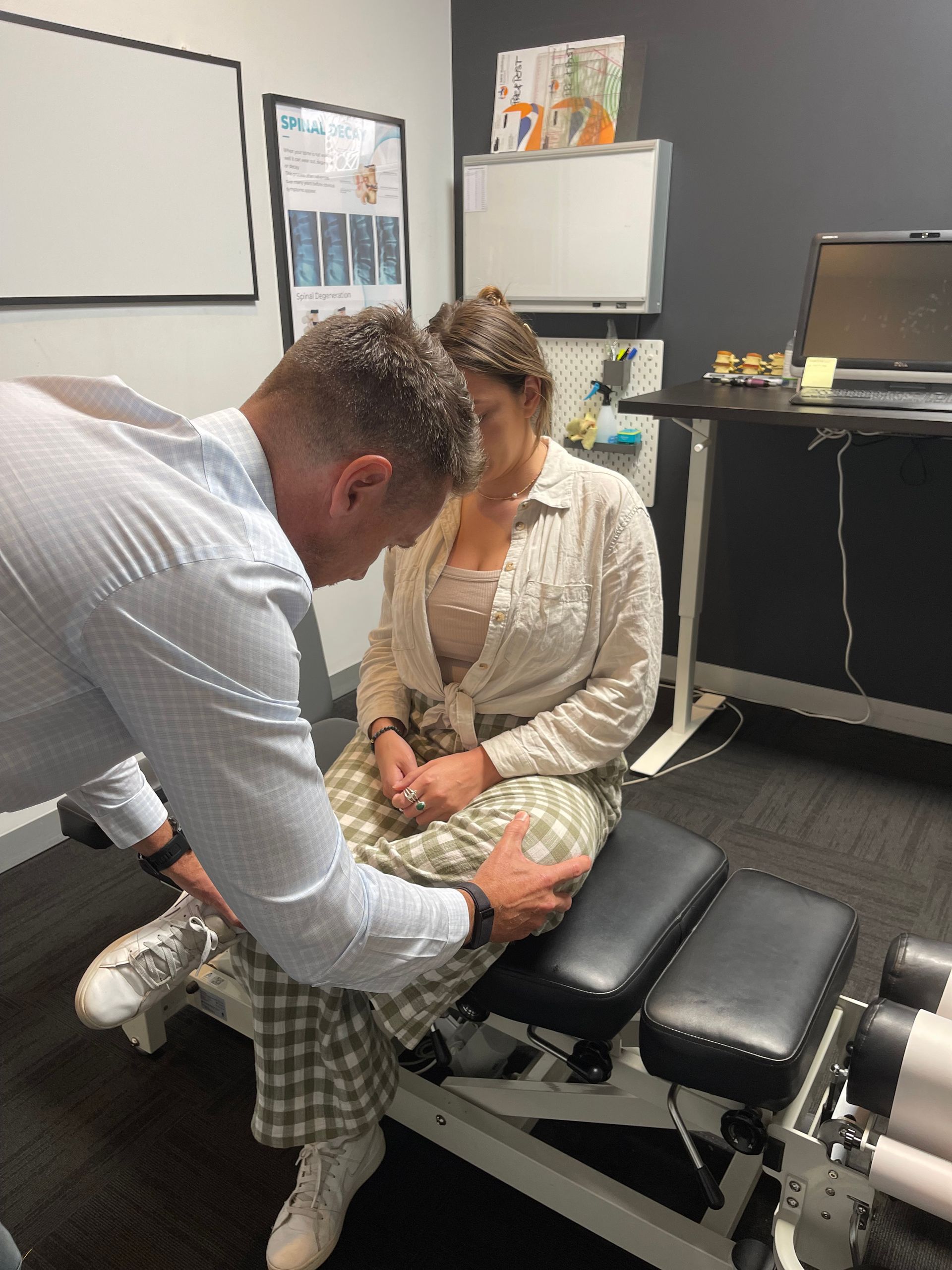
You'll transform your health and wellness as we take a holistic approach to physical alignment, lifestyle, nutrition, and emotional balance.
At our chiropractic clinic, we know that true healing requires addressing the causes of pain and discomfort. To do this, we review your medical history, perform a thorough physical exam, palpate, and observe your posture and gait to identify problem areas.
Your medical history can reveal underlying conditions or injuries that may be causing your pain. We can customize your treatment by understanding your health history. After receiving this information, our skilled chiropractors will perform a thorough physical exam. This exam lets us evaluate your body's alignment and identify any imbalances.
Palpation is another important tool chiropractors use to determine adjustments. We can detect muscle tension and joint restrictions by gently touching and pressing specific body parts. This hands-on approach helps us pinpoint problem areas.
Your posture and gait are crucial to our assessment. We monitor your posture while you are standing or moving to identify musculoskeletal misalignments. By carefully analyzing these aspects, we learn which areas need adjustment to restore optimal function. We can create a customized treatment plan based on your medical history, physical examination, palpation, and posture analysis. We seek long-term healing that addresses the root causes of pain.
Final Thoughts
In conclusion, as a chiropractor, I've learned that determining where to adjust a patient requires a deep understanding of the body's musculoskeletal system. Through various techniques such as muscle assessment and range of motion evaluation, we're able to pinpoint areas of tension or misalignment that may be causing discomfort or pain.
Adjustments play a crucial role in restoring proper function and mobility to the body, allowing for improved overall health and well-being. It's important to note that chiropractic care isn't just about adjusting the spine; it takes into consideration the role of muscles, posture, and alignment in maintaining optimal health. By taking a holistic approach to healthcare, we can address not only the symptoms but also the underlying causes of discomfort or pain. This comprehensive approach allows us to provide personalized treatment plans that cater to each individual's unique needs.
Chiropractic care offers a holistic approach to health by addressing both symptoms and underlying causes, leading to improved overall well-being for patients. Now you know how do chiropractors know where to adjust through this informative article.
Frequently Asked Questions
Can Chiropractic Adjustments Help With Conditions Other Than Back Pain?
Beyond back pain, chiropractic adjustments relieve many conditions. As a chiropractor, I've seen these adjustments improve health issues. Chiropractors restore spinal and nervous system alignment and function to help the body heal. This holistic approach has helped treat headaches, migraines, neck pain, joint issues, and digestive disorders.
Understanding that our bodies are interconnected systems allows us to treat spinal misalignments and relieve body symptoms. Chiropractic adjustments are an innovative alternative to traditional back care for chronic pain relief and overall well-being.
Are There Any Risks Or Side Effects Associated With Chiropractic Adjustments?
Although rare, chiropractic adjustments can cause side effects. The main side effect is temporary soreness or discomfort in the adjusted area, which usually goes away within a day or two.
Occasionally, herniated discs, strokes, and nerve damage occur. When done by a qualified chiropractor, these risks are very low. Chiropractic doctors are well-trained and understand the body, so they know where to adjust. They evaluate patients using x-rays and physical exams to determine the best treatment.
Their anatomy knowledge and experience help them find misalignments and dysfunctions. When performed by a skilled professional who can accurately identify problem areas and apply appropriate techniques for each patient, chiropractic adjustments are generally safe.
How Long Does It Typically Take To See Results From Chiropractic Adjustments?
Chiropractic adjustments usually yield quick results. I was surprised at how quickly I felt better after my first adjustment.
The chiropractor knew where to adjust because they can analyze the body's structure and find misalignments or tension. They diagnose problems with their expertise, physical exams, and sometimes X-rays.
They use precise and gentle techniques to realign the spine and restore function once they know where to focus. These adjustments can relieve pain almost immediately, which is fascinating. I recommend chiropractic care as a non-invasive, effective way to improve your health!
Are Chiropractic Adjustments Covered By Insurance?
Insurance may cover chiropractic adjustments, depending on your policy. Chiropractic care promotes wellness and manages musculoskeletal conditions, so insurance companies usually cover it. Insurance coverage varies by plan and service.
Always check with your insurance provider about your coverage and any restrictions. Remember, healthcare innovation is always changing, so try new methods for optimal well-being.
Can Chiropractic Adjustments Be Performed On Children And Infants?
Chiropractors can adjust infants and children. As a chiropractor, I've studied pediatric care and understand children's needs.
My gentle and specialized approach to infant and child adjustment I use several safe and effective methods for their developing bodies. I can identify areas for improvement by observing their posture and movement patterns and listening to their parents. Since children's bodies are constantly changing and growing, regular check-ups and adjustments can help them stay healthy and develop.
